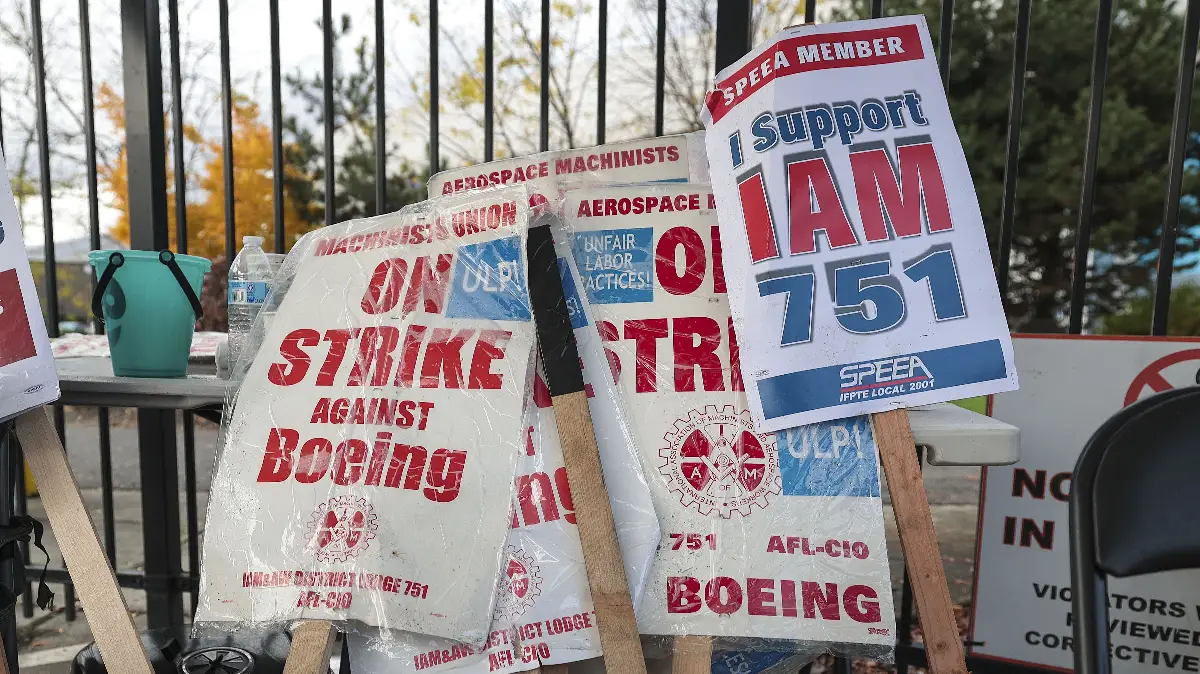
Boeing seeks agreement to avoid strike: new offer to 3,200 defense workers
The vote on the latest proposal will take place on August 3rd at the facility where fighter aircraft are produced

A few days ahead of an imminent strike, Boeing has presented a new contract proposal to the 3,200 workers producing fighter aircraft for the US military at the St. Louis plant. The offer, which represents a significant revision compared to the previous one, aims to persuade employees, members of the IAM District 837 union, to vote in favor and avert a shutdown. The union confirmed that the vote on the amended agreement will take place on Sunday, August 3, 2025.
The situation began on July 27, when Boeing’s initial proposal was rejected by a wide majority of the workers who deemed it "insufficient to honor the priorities and sacrifices of the skilled IAM workforce". Faced with this clear opposition and with a strike threat looming for midnight on August 4, the company returned to the negotiation table with an improved offer. Among the main concessions, Boeing withdrew the proposal to introduce an Alternative Workweek Schedule (AWS), thus ensuring the maintenance of current overtime rules, a matter deeply important to employees.
On the financial front, the new contract includes a wage increase of 50 cents per hour annually for employees who have reached the top of the salary scale. The pension package has also been enhanced, with an offer of a $10 pension multiplier in the first year instead of splitting it into two separate $5 increases in the second and third years. To benefit fully from this increase, employees must retire after January 1, 2026. The updated offer also maintains the previously suggested ratification bonus of $3,000, in addition to 20% wage increases and the current benefits related to vacation, sick leave, and health care.
Sunday’s vote will be decisive for the future of the plant and its production. If the new proposal is rejected, the union has reiterated that the strike will begin promptly at midnight, halting the production of F/A-18E/F Super Hornet, F-15EX Eagle II, F-47, and T-7A Red Hawk aircraft, and casting uncertainty over the plant’s future.
AVIONEWS - World Aeronautical Press Agency